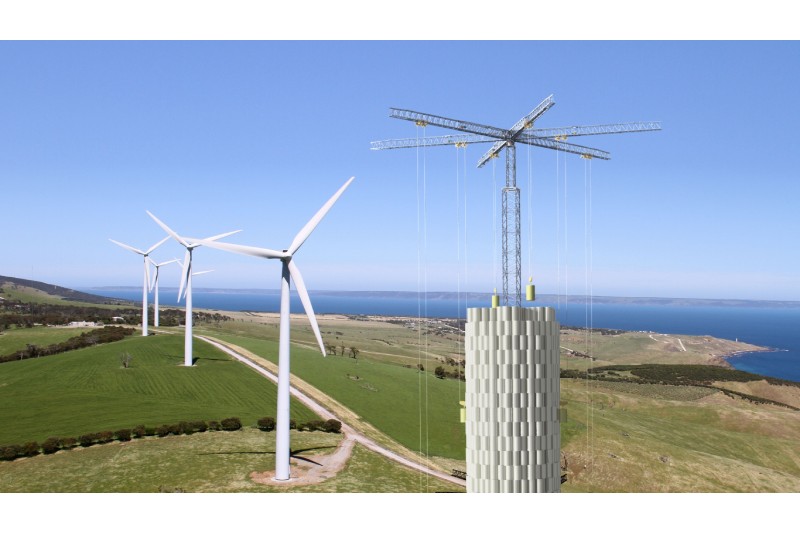Unlike pumped hydro storage, which relies on water, dams, or hills, Baud Resources, a deep-tech business supported by IIT Kanpur, has created a revolutionary method of gravity-based energy storage that uses gravitational potential energy instead.
The system is adaptable to any environment, including deserts, subzero temperatures, and plains. It makes use of locally accessible materials like sand and trash from industry, including coal ash or building debris, as payloads. To move sand from the lower station to the upper station and store energy as potential energy, it creates artificial inclinations between 20 and 40 meters in height. When the sand is lowered as needed, the energy is released.
According to Baud Resources CEO Dishant Mishra, “Our proprietary gravity-based storage design [using sand] allows for efficient energy storage and discharge,” “The mechanism is ideal for long-duration storage and offers cost-effective electricity and high round trip efficiency.”
This year, the startup plans to unveil its forthcoming commercial facility, which will have a capacity of 100 MWh and a levelized cost of storage of about INR 2.5/kWh.
The system operates on the tenets of the circular economy, utilizing industrial waste such as coal bottom ash from thermal power plants as well as locally accessible sand that is either obtained nearby or from the site itself. Excavation and reclamation at the site are used to accomplish the 20–40 meter height disparity. Constant mass flow minimizes concentrated loading problems found in block-based gravity storage architectures by guaranteeing uniform load distribution.
The technology that operates between the two stations is light-weight and mobile load transfer engineering. To hang the payload, permanent steel support structures are needed. Compared to previous gravity alternatives, Baud’s idea has the benefit of being able to deliver huge plants at a far reduced cost. Compared to pumped hydro storage, the gravity storage design also allows co-location with existing solar and wind plants. It can be supplied to locations with limited water supplies or extremely cold temperatures, where pumped hydro storage might not be a practical or effective choice.
“With a goal of 500 GW renewable capacity by 2030, the demand for storage is set to rise. The energy storage market in India is projected to reach 350 GWh by 2030,”
said Mishra. “Despite efforts in pumped hydro storage and battery energy storage, a 150 GWh deficit is expected by 2030. We aim to fill this gap with our gravity energy storage system, projecting 20 GWh to 40 GWh capacity by 2030.”
In order to increase profitability, Mishra stated that the company is targeting early adopters by first providing small-scale plants and subsequently growing to 5 GWh to 10 GWh projects. Large-scale Indian renewable operators are the target market for its turnkey energy storage systems, and it has future intentions to enter the US, EU, and MENA regions.
According to Mishra, the gravity platform also uses less land per megawatt than the present on-ground solar arrays.
He continued, “Co-location with solar adds a different dimension as gravity application can directly admit DC power for charging from the solar panels while returning AC to the power grid using dual drive motor generators, thus eliminating inverter and its losses.” “This translates to a higher round trip efficiency and lower capex for integrated renewable projects.”
In November 2023, Baud Resources effectively concluded its field demonstration project at IIT Kanpur. Following this accomplishment, Skoda Auto provided cash to support the company’s continuing and future demonstration initiatives.
“Looking ahead, we are poised to announce our inaugural commercial plant by the end of this calendar, with completion expected in 2025,” Mishra stated. “Additionally, we are actively engaging with two prominent customers, to further strengthen our market presence.”
